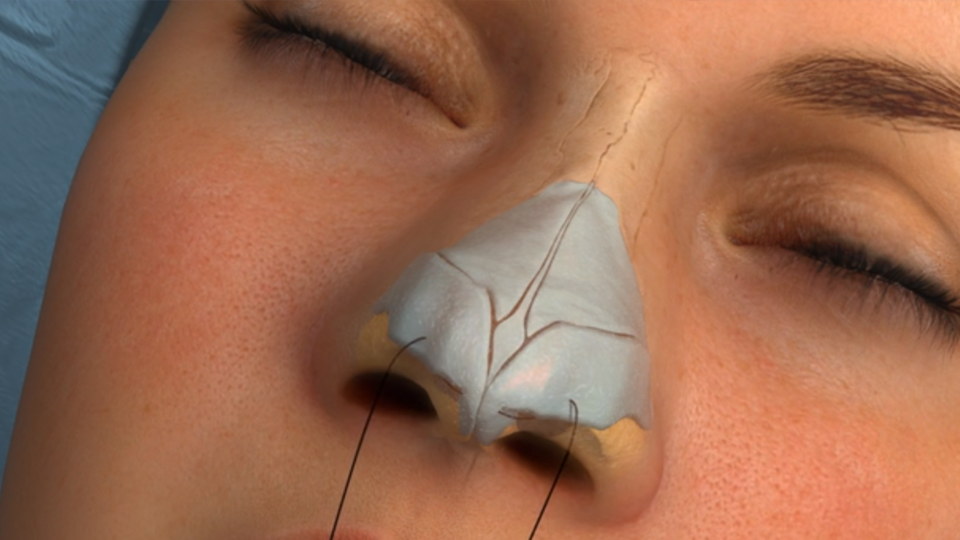A rhinoplasty is a procedure that alters the shape of your nose. You can go for it when you need to modify the bridge of your nose or change the size and shape of the nostrils. Before your surgeon conducts the procedure, they will check your medical history and do laboratory tests. Without these measures, rhinoplasty sydney surgeons claim you could experience breathing challenges. It is, therefore, upon you to choose a good doctor.
Now that you know what a rhinoplasty is, we can mention its chronological steps. Here they are below.
Administering Anesthesia
Your surgeon may use local anesthesia with sedation or general anesthesia, depending on the complexity of your surgery. The former is used in an outpatient setting and only targets the specific area of your body. Usually, the doctor injects pain-numbing medication into your nasal tissues.
On the other hand, general anesthesia affects your entire body, which makes you unconscious. You receive the drug by inhaling it through a small tube inserted into a vein in your hand, neck, or chest.
Making Incisions
Surgeons can make incisions through a closed or open rhinoplasty. In the former one, the surgeon creates cuts into the nostrils. Although this technique causes scars, you will not see them because they are usually hidden. This method is ideal for patients who need to smooth out bumps on nasal bridges.
As for the open one, the surgeon cuts the columella, a strip of tissue that divides the nostrils. Next, they carefully lift the skin and begin shaping the bone and cartilage. This method is best for patients who require extensive nasal tissue manipulation.
Reshaping Process
While the purpose of the procedure is mostly for cosmetic reasons, surgeons ensure they improve your nasal breathing through reshaping. One way they may achieve that is by strengthening the nose using cartilage grafts. Surgeons extract the grafts from the nasal septum or behind the ear.
Another reshaping method surgeons may use is inferior turbinate reduction. This is done to address issues pertaining to enlarged bony structures within the nose caused by sinus problems or allergies.
Correcting Deviated Septums
Sometimes, you will experience a deviated septum during the procedure. Your surgeon must correct that immediately or else you will experience breathing difficulties.
The doctor begins by straightening the septum by trimming and replacing bone or cartilage. To do that, they must make incisions inside the nose.
Finishing the Procedure
After your surgeon closes the incisions, they will place a splint to protect your nose and keep it stable. You should keep it on for the next five days. It is normal to experience some nose and facial swellings and discomfort. However, you should visit your doctor if you begin bleeding or develop rashes.
As long as you choose the correct surgeon, your results should last for a lifetime. You can choose the right one by examining their certifications and portfolio.
There are some precautions to consider after your surgery. First, you should eat high-fiber foods such as avocado, broccoli, whole grains, dried fruits, and apples. They fight constipation, which would otherwise put pressure on your nose. Foods known for causing constipation include processed grains, alcohol, and foods with gluten.
Next, wear clothes that only fasten in the front. If you wear any other clothes, you will have to wear them over your head. As a result, you could injure your nose that way and begin bleeding.

